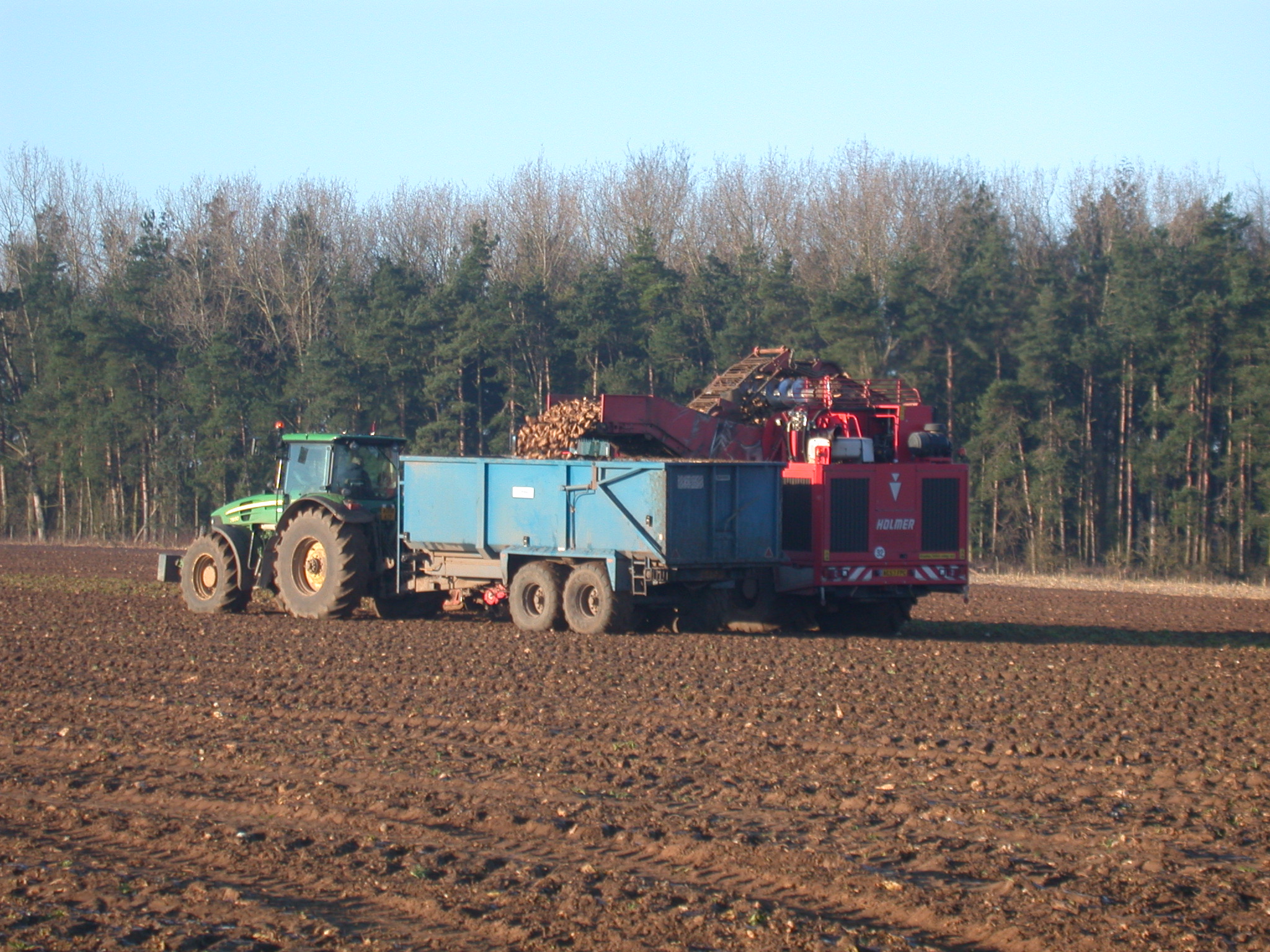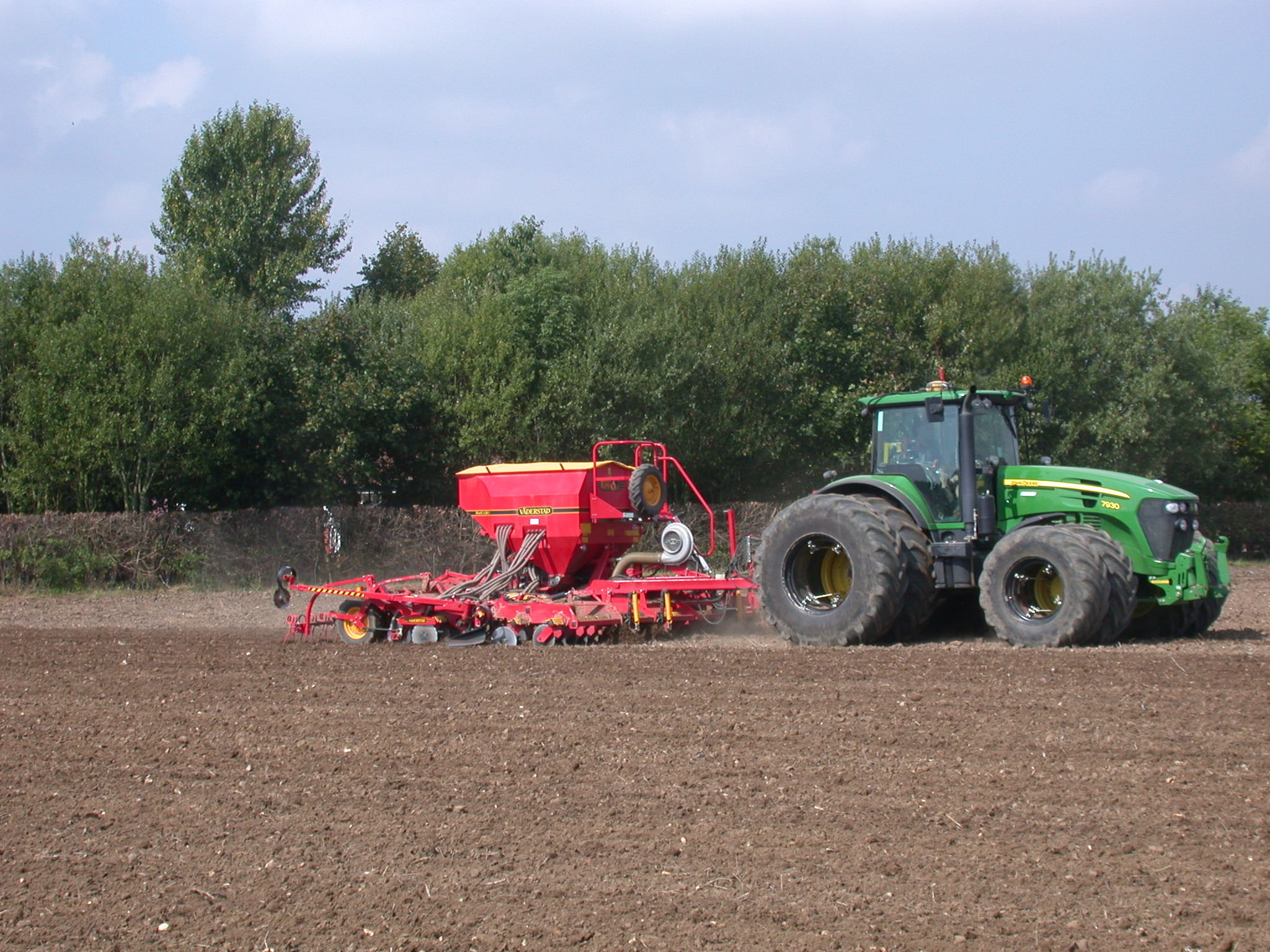UK feed wheat prices followed European grain markets in February. Values increased through the first three weeks of the month, before falling on weak EU import demand. UK ex-farm feed wheat was quoted at £224 per tonne, on 24th February 2023. This is up almost £11 per tonne on the end of January, but down £9 per tonne on the week ending 17th February. Milling wheat continues to attract a strong premium of £57 per tonne.
The discount of barley has extended further. Feed barley was quoted at £203 per tonne on 24th February, an increase of just £2 per tonne on the month. Demand for barley for both feed and export remains poor. Data from AHDB shows that animal feed production in July to December 2022 was down more than 5%. Larger declines were seen for pig and poultry feed, down 12% and 9% respectively over the same period. Usage of barley was down nearly 23%.
The value of oilseed rape was supported by rises in the value of wider global oilseeds throughout much of February. Whilst prices fell towards the end of the month, ex-farm oilseed rape was quoted at £463 per tonne on Friday 24th Feb. Prices are up on values at the end of January, but £30 per tonne down on the beginning of 2023.
The price of feed beans has continued to fall in February, at £243 per tonne, with poor demand. One merchant commented on the difficulty in establishing new crop values also, given lack of trading activity and demand. Pea prices have remained stable month-on-month, at £249 per tonne.
While output prices have fallen towards the end of February, so too have costs. The price of ammonium nitrate for March delivery was quoted at £460 per tonne; a significant fall from the £700 per tonne quoted in January. The impact of this on arable businesses will clearly vary greatly for the 2023 harvest, depending on the level of cover. However, it is a promising sign for harvest 2024.
Rainfall in February was below average in many parts of the UK. Whilst there is evidently ample time between now and harvest, there are have been some concerns expressed about these drier conditions, particularly given the droughts of last summer.








